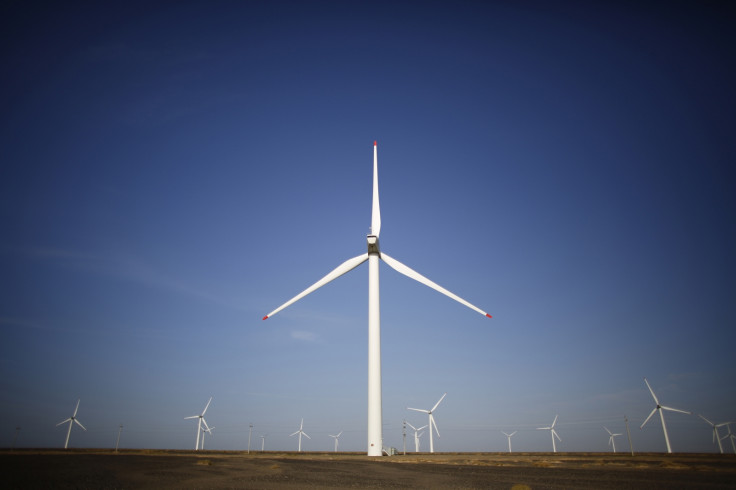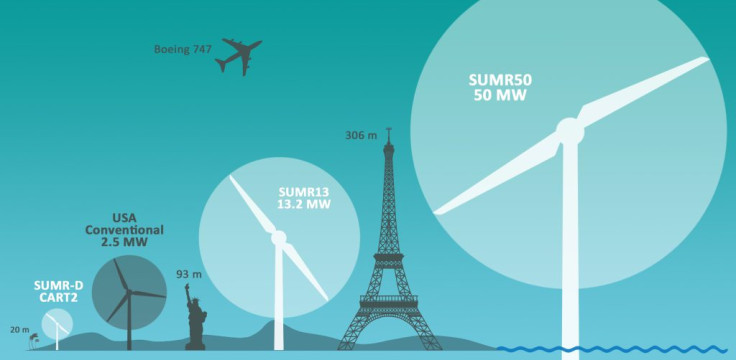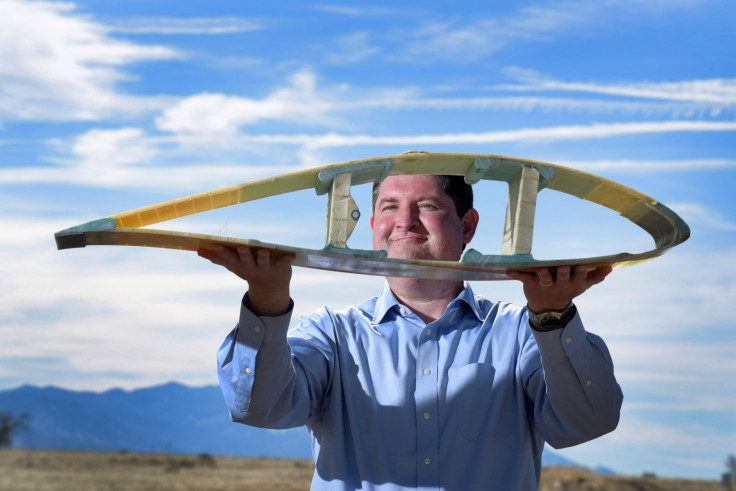World's biggest wind turbine will be taller than the Empire State Building
The revolutionary SUMR50 structure has a 50 megawatt capacity to power 50,000 homes.

Renewable energy is reaching new heights with the world's biggest wind turbine, which will stand taller than the Empire State Building, currently in development in the US.
The 500m (1640ft) gigantic, SUMR50 structure completely dwarfs the planet's current largest turbines (195m) and will come with 200m blades that can change shape to the wind's direction with the capacity to harness 50 megawatts of renewable energy.
At this super-sized scale it will be approximately 10 times more powerful than most current systems, which range between 5-8 megawatts, depending on how big they are.
The project from six institutions in the US and led by the University of Virginia is going large because the bigger you go, the more wind it can harness and the cheaper the energy will be.
At higher altitudes you find faster winds, so having extra-long blades, which stretch further than 20 double-decker buses, attached to the turbine will be more efficient at capturing wind and thus more energy. It is estimated a turbine of this size could power up to 50,000 homes with a single rotation of its giant blades.
Currently, the largest wind turbine in operation is the MHI Vestas, which stands at 195m tall and have 80m-long blades. They are being used for Dong Energy's off-shore Burbo Bank project located off the northwest coast of the UK in Liverpool Bay. Each turbine has an 8mw capacity, which is said to be able to power a single home for 29 hours.

The structure is also being designed to be used off-shore with an ability to capture strong open ocean gusts and survive storms and hurricanes, thanks to a flexible tower that will be able to bend and adapt like a palm tree in extreme winds.
When winds become too strong for operational use (above 80kmh) the blades fold in and bend away from the heavy weather. The researchers hope that with the innovative design the structures could withstand gales of up to 285kmh.

"Palm trees are really tall but very lightweight structurally, and if the wind blows hard, the trunk can bend," project leader Eric Loth said. "We're trying to use the same concept — to design our wind turbines to have some flexibility, to bend and adapt to the flow."
Constructing a structure of this size, especially in the middle of the ocean, is not an easy task. To solve this logistical headache the researchers have come up with a segmented blade that would allow construction crews to transport and assemble the 200 metre blades in separate pieces.
However, the design has not yet been fully conceived and the team are currently in the process of working out how to achieve this engineering feat. A scaled-down prototype model will be constructed in the meantime to help the team figure out the construction challenge.
"This is a very new concept, so [there are] definitely no guarantees it will work," said Loth. "But if it does, it will revolutionise offshore wind energy."
© Copyright IBTimes 2025. All rights reserved.





















